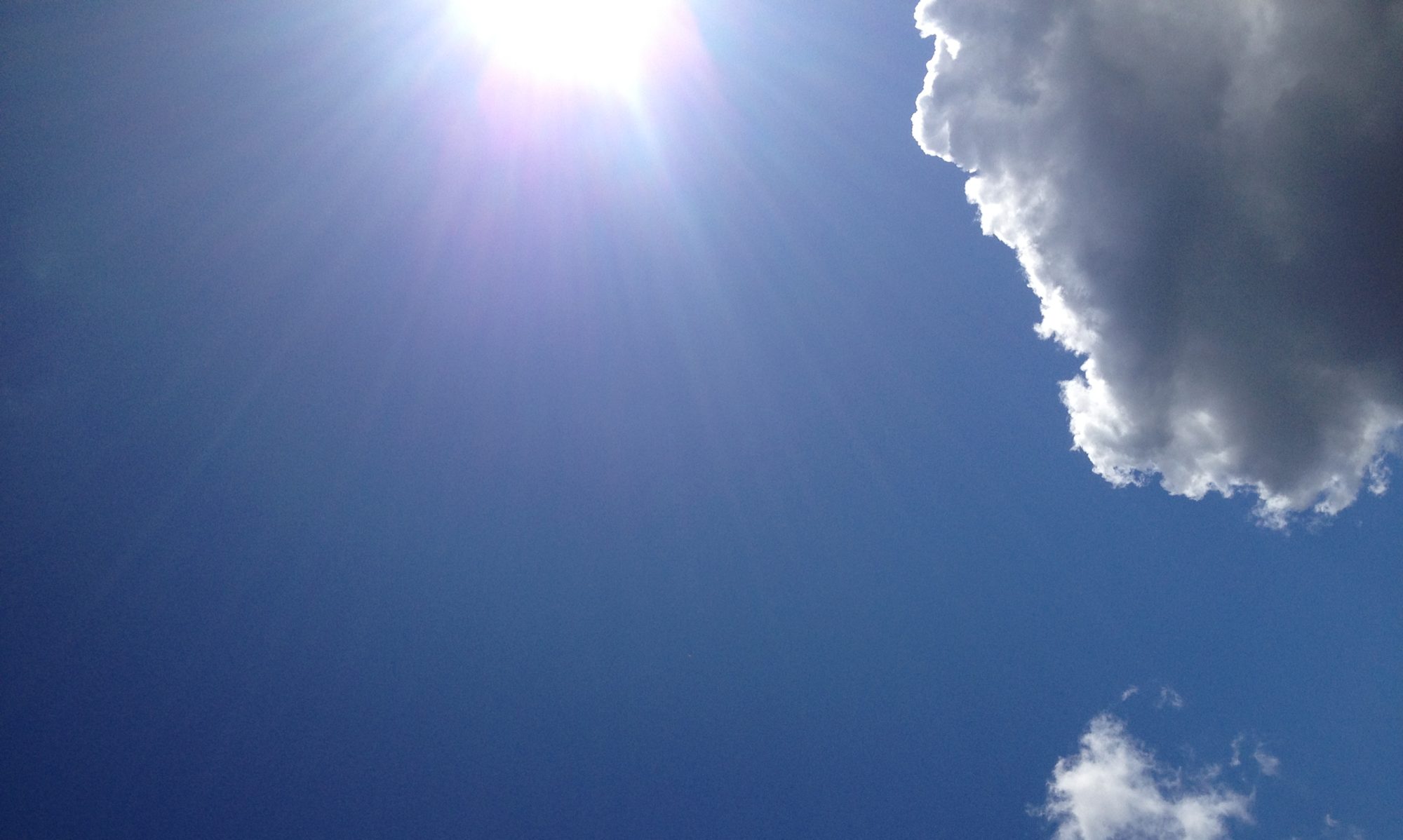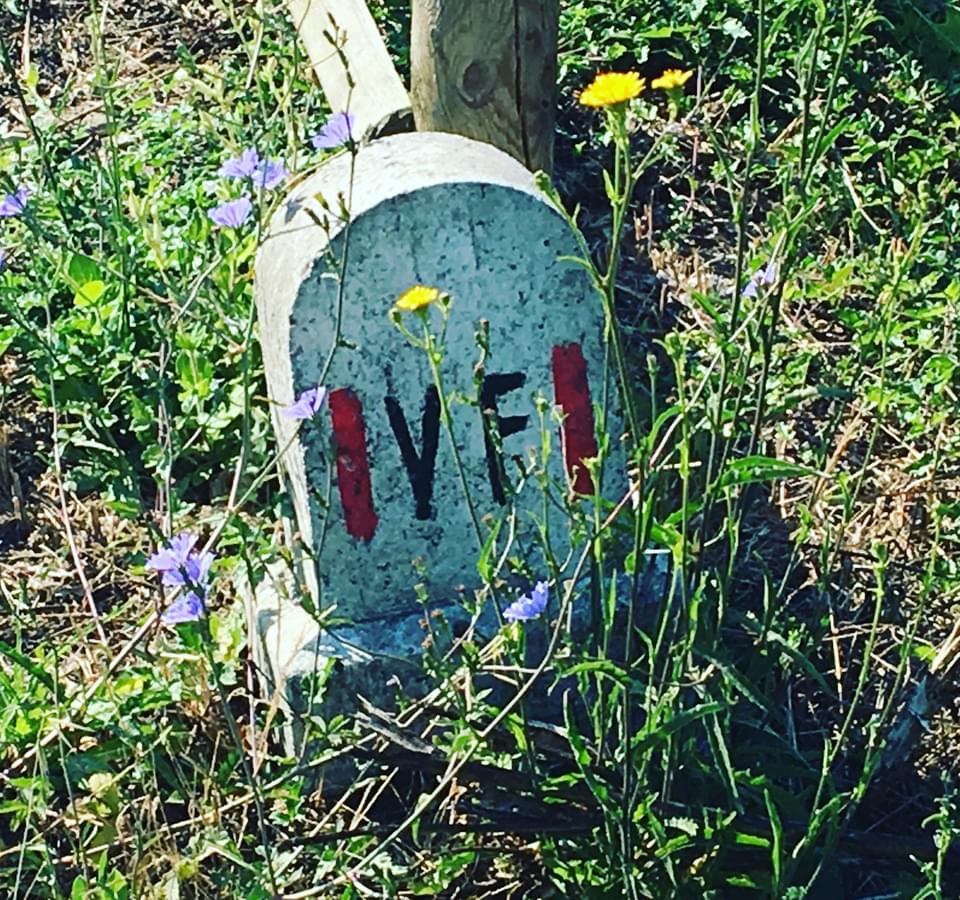July 2018
120 kilometres, 4500 words, several blisters, a few life decisions, one Very Bad Day (offset by several very good days) later, I made it to Siena and I bring you….
How to Walk a Pilgrimage (in ten easy bullet points)
1. Who?
Roman Catholics. Step 1: convert to Roman Catholicism
Just kidding, don’t convert to Roman Catholicism, or not unless you really want to. Pilgrimages are traditionally religious, but more and more non-traditionally religious people are doing them, because walking is brilliant for health and happiness and creativity, and is also a very natural human response to difficult life events such as trauma or loss. Your body and your mind are not separate things, and what you do with one will have an impact on the other.
‘When in doubt, walk the earth.’
– St Augustine of Hippo

2. Why?
Walking helps to process things and to make important decisions – it shakes things loose inside of you and then lets them settle back into a new place. In London sometimes I can’t hear myself think. When I walk, things that seemed impenetrable become clear as water. And at the end of a day or two’s walking I sit down to write and torrent of words flows out effortlessly like a hose (see: this post).
I walk because it challenges me, because it helps me to write, because it’s good to discover the capabilities and limits of my body and to be reminded that I’m not just a brain in a jar, because there’s something elemental about being a small mammal moving slowly across a landscape, because you never truly know a place until you have walked across its soil and been seared by its sun and lashed by its rain. And I walk in memory of people who are no longer with me, and I light candles and write their names in the prayer books in churches along the way.
Maybe you have other reasons. (Me to my sister: ‘Write up that time you went off into the Emigrant Wilderness alone for a week. What were the things that took you to that moment and place in your life? Were you making life decisions, processing loss, reflecting on the world?’ Her: ‘I just fancied a hike. Maybe I just, y’know, feel less stuff than you?’)

3. Water
Water, water, water.
Water is heavy, but you can’t risk running out of it. My rule of thumb:
1 hour = 5km = 0.5 litres water plus 1 Nuun/Propel electrolyte tablet
Tho above 35 degrees centigrade I would maybe push that closer to 1 litre of water and equivalent electrolytes per hours. And if you’re camping in the wilderness and moving from one water source to the next you must have a buffer in case your next water source fails or you get lost.
The electrolyte tabs were on the advice of my sister, who walks/cycles a lot in California where she lives. I have never bothered with them before but I’ve also never walked so far in such high temperatures before – 30km in a day in 37 degrees centigrade with no shade two days in a row – and I was super glad to have them. I really bounded out of bed each morning, and I suspect that would not have been the case without them as I do think I pushed myself to something approaching my physical limits. This trip was last minute and I was forced to buy new walking shoes the week before which of course gave me blisters after about 50km (I switched to sandals.) But there are always going to be environmental factors to deal with so you may as well optimise your capacity for dealing with them.
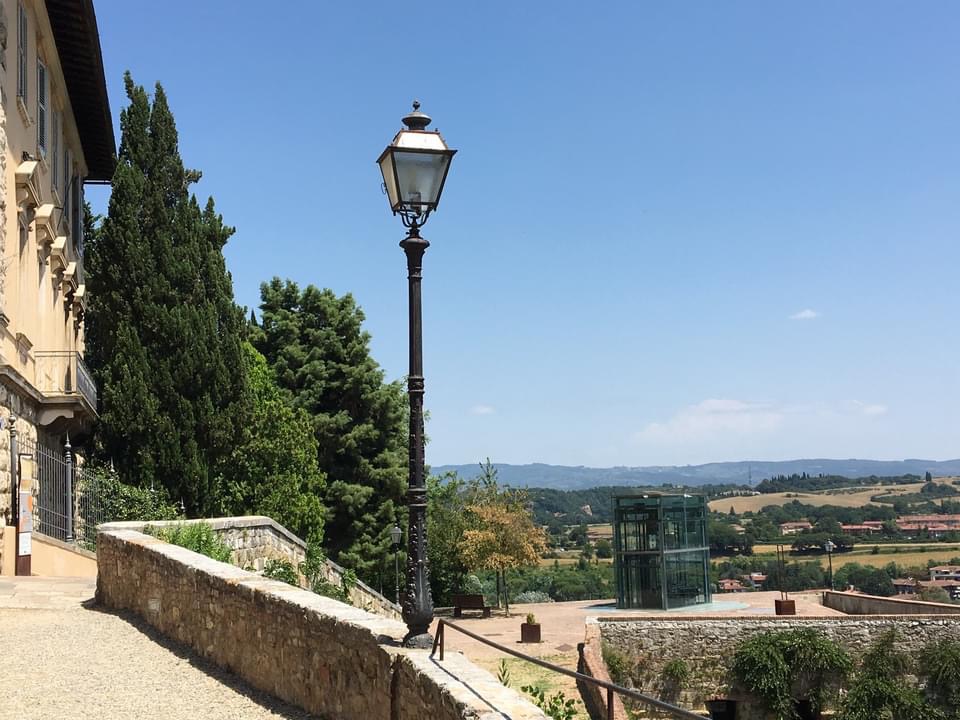 4. Clothes
4. Clothes
I’ve walked 120km kilometres of the Camino in jeans and Teva sandals before, so you don’t need to be too neurotic about it or spend a stack on gear, mainly just make sure your feet are comfortable.
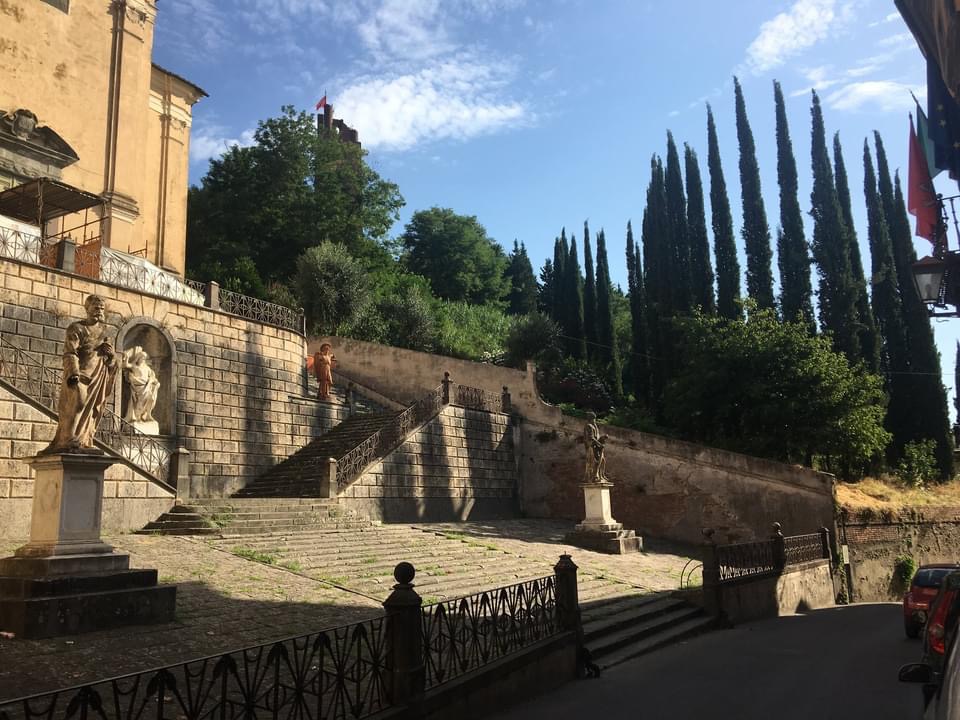
5. Accommodation
In this case mainly BnBs booked beforehand through a company called Caminoways, because it was too last minute to do the necessary research, and as a solo female traveller I also liked the back up of having a 24/7 English speaking number I can call if I get into a scrape. But pilgrims can also stay cheaply at monasteries and hostels along the way.
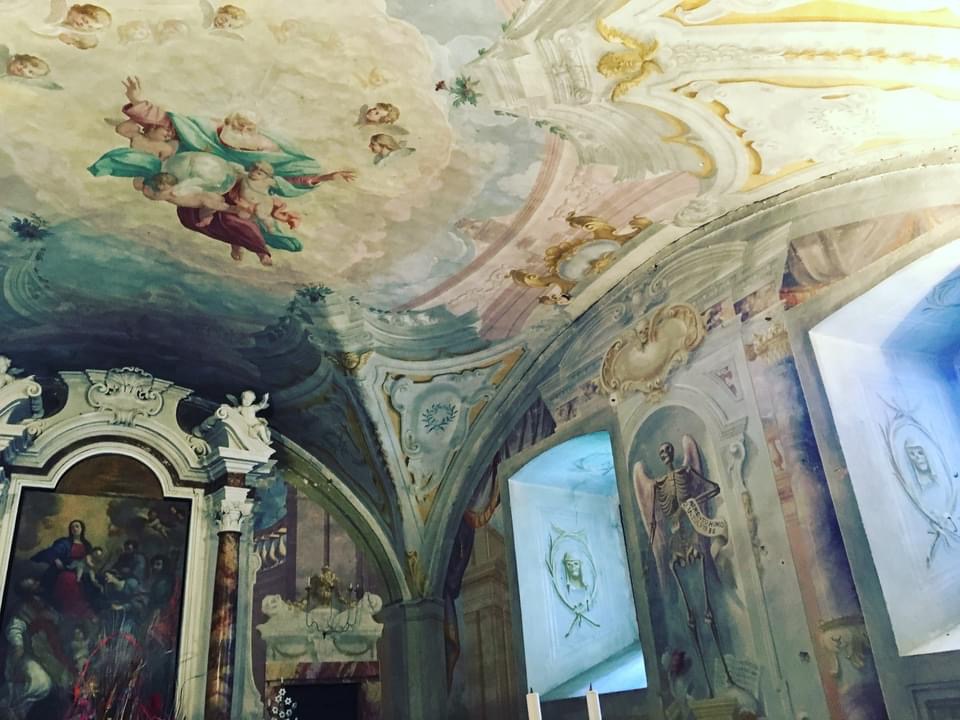
6. Baggage transport, baby
One of the great things about walking a pilgrimage like the Camino de Santiago or the via Francigena is that there’s often a baggage transport service available so you don’t have to carry all your stuff. I have old injuries that would make that somewhat difficult for me, so I use baggage transport where possible. No shame. I don’t give a shit whether ‘you’re not a true pilgrim if you don’t stagger in under a 30kg weight weeping and bleeding.’ I also don’t stagger in wearing a cilice and whipping myself. Go figure.
But, but. There’s a kernel of truth in there. The pain is part of the journey. Suffering is necessary for a certain sort of human growth, and it’s the type of growth that people are often hoping to gain from a pilgrimage. So. This is going to hurt. And that’s okay. Your suffering of choice may be carrying your rucksack the whole way. For me that’s maybe the difference between doing it and not doing it, so I choose a different poison (an aside for Jessica: I am going to train to carry my pack for Emigrant Wilderness or similar next summer ☺ ).
Anyway, there was plenty of pain while I was trudging along with blisters in 37 deg C heat (my mother: ‘Now you know how I felt growing up in New South Wales. I used to dread summer… and oh the flies…’) with another fifteen goddamn kilometres to go in a country where I don’t speak the language and kept running into a guy in isolated places and got that prickly rapey feeling at the back of my neck. (I had a large stick and a penknife and contemplated that a swift upward slash to the stomach might do the job should the need arise. In the event, I met him again a few days later on the road to Siena and this time, acknowledging our shared journey, we had a chat and he turned out to be quite pleasant if a little dull and he will never know I had given serious consideration to disembowelling him.)*
So yeah, baggage transport. Thumbs up.
*Now I’ve made it sound awful. But it was one bad day for many good ones, and so much more than worth it for the sight of swallows dancing across misty fields at sunrise, and the clouds of luminous-winged butterflies and the superabundance of wildflowers, and the astonishment at the road stretching behind, the ability to go so far under my own steam, and the road stretching ahead, full of new adventures and new beauty, and the scent of the pines, and the cat feeding its kittens, and the ruined house with incredible fading frescos on the walls inside, and how good it feels to put your feet up in the air after you’ve been walking for miles and mile, and so many other things that it’s impossible to explain to you until you’ve been there and done it.

6. Be a Floppy Octopus
This is one of my father’s (many) pet theories – your brain should be like a floppy octopus, adaptable, many tentacled, able to pick multiple things up and turn them over and put them down, able to squeeze through small spaces. At the end of my Very Bad Day, when I cursed my feet and the sun and shook my fist at the sky, I arrived in Gambassi Terme to find that my BnB was not in fact where maps.me (more of this later, but it was its only failure) said it was supposed to be. Since I had spent the last five hours longing, _longing_, to go and rock in the foetal position fully dressed under a cold shower, this was rather a blow. There were definitely moments of, ‘what was I *thinking* when I booked this,’ both before and during the trip.
But one of the things that makes it worth it is that it’s good to go into situations that are outside of your control and have to adapt to changing circumstances – it knocks the corners off you and forces you to go with the flow a bit more. I like knowing I can be a floppy octopus when the situation calls for it.
And one of the inarticulable other things is how wonderful other people can be when you’re having a tough time. When I finally found my Gambassi Terme bnb the lovely Teresa fed and watered me and told me how precious the pilgrims were to them and I almost blubbed. Lots of Italian and Spanish people really like pilgrims, and go out of their way to help you. I have been given a shell necklace, pilgrim brooches, had Spanish police stop me to insist on stamping my credentiale, some people provide water fountains at their homes, and if you stray off the correct path they will pop up and steer you back onto it.
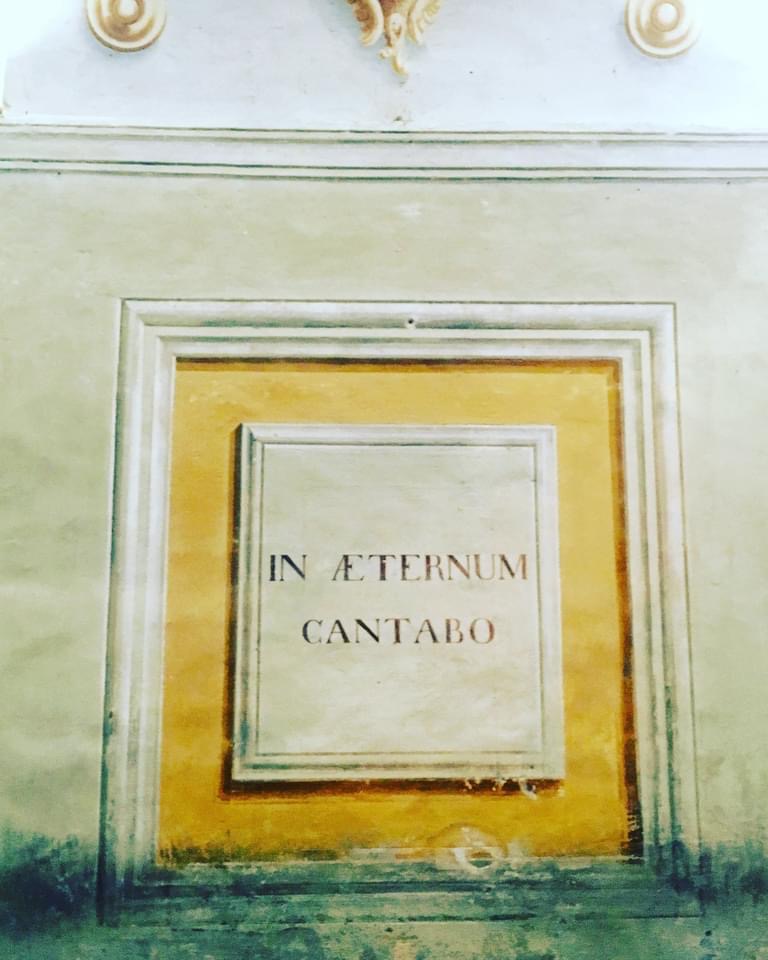
7. Leave No Trace/Which Pilgrimage
Tread lightly on the land. Leave nothing behind you. Because you’re a good person, and because people will start to hate the pilgrims if they shit everything up. I think this to an extent has already happened on the Camino Frances to Santiago, which gets 250,000 walkers per year compared to 25,000 on the via Francigena. I have to say, the latter is _much_ nicer – more beautiful countryside, far less trudging along the sides of dual carriageways, fewer people, less commercial. If you want the camaraderie and infrastructure of doing a very popular route, and the grand finale of the pilgrim mass at the cathedral than the Camino is for you. But otherwise…
 8. Animals and Other Animals
8. Animals and Other Animals
**Tuscany surprised me by feeling to me less oppressive than Spain. I’ve been to various places in Italy before, Positano, Sardinia, Rome, Venice, but I’ve never fallen in love with it (except for Lake Como.) Whereas I’ve always rather loved Spain since I studied Spanish at school. But Spain for me is tinged with darkness, a Lorca-esque oppression bubbling beneath the surface, imaginary or no. In Galicia I found myself thinking of Adela Alba hanging herself in her green dress, unable to escape the oppressive heat and her oppressive life and her oppressive mother…
The animal cruelty is I think more overt in Galicia than Tuscany, and everywhere: birds battering themselves against the bars of tiny cages, dogs pacing the short length of their chains and back again on concrete in the hot sun surrounded by old piles of excrement, emaciated horses. In Italy I only saw one truly distressing thing: five pigeons on chains on poles in a garden in the countryside, not in the shade, beneath relentless heat. If they weren’t released they would have died a slow and horrible death that day, I can’t see how any creature would survive that sun without water. There was a man nearby with an Alsatian, so I didn’t dare jump the fence and release them.
But of course, there’s vast animal cruelty in the UK, much worse in terms of factory farming, it’s just that it takes place behind closed doors so you don’t get to see it and understand the horrific impact on the individual lives. Italy is an astonishingly good country for vegans – I limped into a supermarket in tiny San Miniato after a day’s walking to discover not one, not two, but SIX different types of vegan ice cream. These people take their ice cream veeery seriously. (I sat on the kerb in the car park and ate five of them in feral pilgrim mode.)
The Spain/Italy dichotomy could easily be simply the eyes through which I was viewing it: your journey is shaped by your morale, and my morale has been shaped by external forces in my life on all of these trips. (It was however much improved by an instagram message from the incredible explorer Sarah Marquis, a hero of mine. If you haven’t read her Wild by Nature or Cheryl Strayed’s Wild, you absolutely should – tales of ventures into the wilderness.)
Unexpectedly, my impression is that there is more religious iconography in Spain, and of both a more kitsch and more graphically violent nature. On the subject of religion I’m often dubious about heavily religious countries because they pretty much all treat women badly. There are good things and bad things about the Catholic church, and one of the bad things is the refusal to accept that women are equal to men – not the same, but equally capable, as likely to be well suited to holding positions of power and so on.
The Italian female aesthetic prevalent at least in the country towns speaks of a society unlike the more egalitarian societies of northern Europe (and I include ours), with a huge emphasis on very artificial standards of female beauty, highly coiffed hair, salons advertising must-have beauty treatments on every corner (with the implicit message you’re a hideous troll without them and this is how you should measure your self worth), women everywhere slathered in vast quantities of make up and cripplingly high heels. I found myself reflecting that buying into such a high maintenance look would leave you with diminished time, money and energy and trailing men on far more interesting playing fields (and I don’t necessarily mean tedious corporate ones – few sane people want to be a FTSE 100 CEO or a ninety hour a week contract lawyer.)
**Please note – all of this is ‘shower thoughts’, not necessarily well thought-through fixed positions. When I arrived in Siena, which was much more ‘normal’ to my eyes I realised this was probably more of an urban/country split. ^^ Siena was full of beautiful clothes shops, which I wouldn’t normally notice/care about but they were just _so_ stylish and beautifully designed. I nearly bought a linen jacket for my ex-husband. Perhaps living surrounded by so much beauty gives the Italians a keener sense of aesthetics.
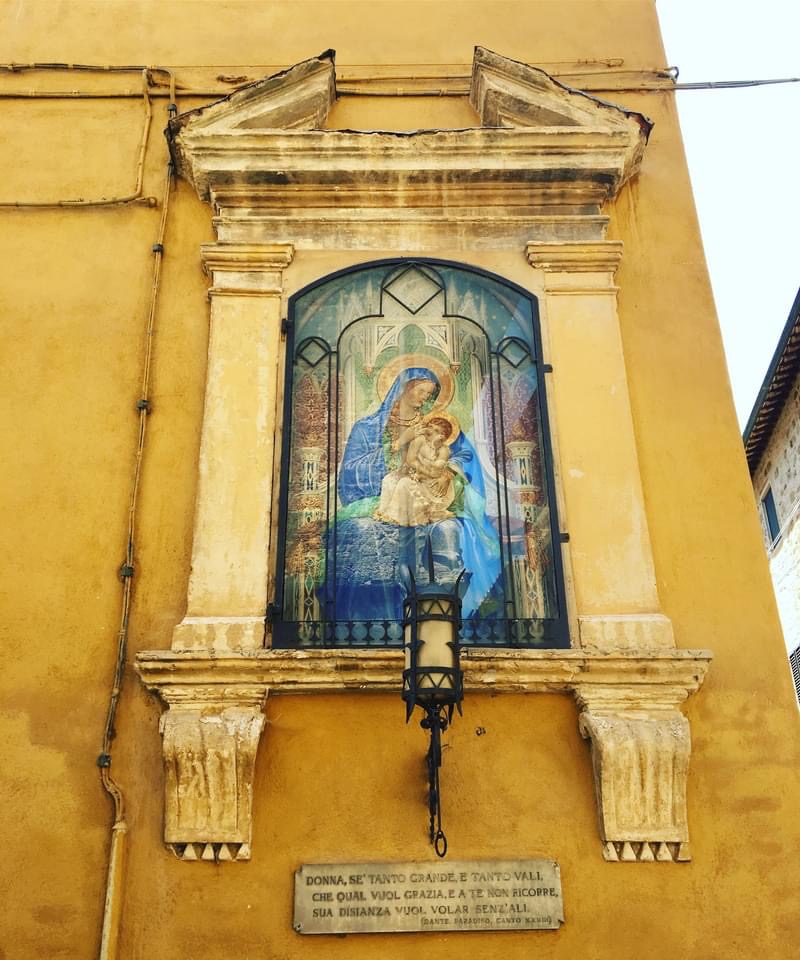
9. Navigation
Maps.me is brilliant and free – you can download the maps and routes and even when you don’t have a phone signal you can see where you are on them – GPS still works. Some purists shun tech (and my mind boggles when I think about how my father did stuff like go off to Nepal and climb K2 in the 1980s before such things were invented), but personally I’d prefer to relax and enjoy my journey rather than spend the whole time worrying about whether I’ve taken a wrong turn.
However, the via Francigena is extremely well waymarked (with signs, red and white paint slashes on trees, and little concrete waymarkers, or even cairns – little pyramidical piles of stones – left by other walkers) and there were only a handful of points at which I was unsure (and was always corrected by either maps.me or small highly excitable old Italian men within minutes). It’s worth mentioning here tho that the sole woman traveller murdered on the Camino was killed by a man who painted signs to misdirect people off the path and towards his farm. RIP Denise Thiem.
Which brings us to….
10. Safety & Security
I take this pretty seriously and take all reasonable precautions: I carry a stick and a knife and an ear-splitting whistle, and I give someone my route and check in with them every day. As well as Denise Thiem being killed on the Camino, Bill Bryson mentions a lesbian couple murdered on the Appalachian Trail in the 1990s in his A Walk in the Woods. A few years ago I did a post about whether other women carry weapons when walking alone and lots of people (mostly men) absolutely boggled at me. But some really terrible things happen (including less reported things like rape – and I read a friend’s thread right before I went about the far reaching consequences of having been brutally raped decades earlier, and others commenting on the thread had other hair-raising stories), and IMO it’s worth taking these risks seriously.
Having said this, the numbers of people getting hurt are tiny relative to the number of people doing it, and you’d never do anything and live a very small and fearful life if you let it stop you. And you probably have much more chance of being killed in a car crash. That’s not a reason not to take it seriously – I would much prefer to die in a car crash than be beaten to death by a sadist, even if both involved the same amount of physical pain. Those articles about how you’re more likely to die in a bathtub related incident than be killed by a terrorist and you should therefore worry less about terrorism and more about bathtubs are fallacious guff (and Nicholas Nassim Taleb is good on how we should treat low probability/high stakes risks.)
The entirely opposite view to all this is taken by my sister when she wanders off into the California wilderness, which as we all know is positively teeming with bears and mountain lions and serial killers. Personally if it were me I would buy a gun for such jaunts, but she is utterly sanguine about these risks. (Mind you, she always wandered around London alone late at night too, which used to make my hair stand on end.) I have no idea which of us has the more rational approach.
<<Five years later: this ends suddenly but it started life as a facebook post for friends so I guess I just got bored and wandered off 🫡 >>>

